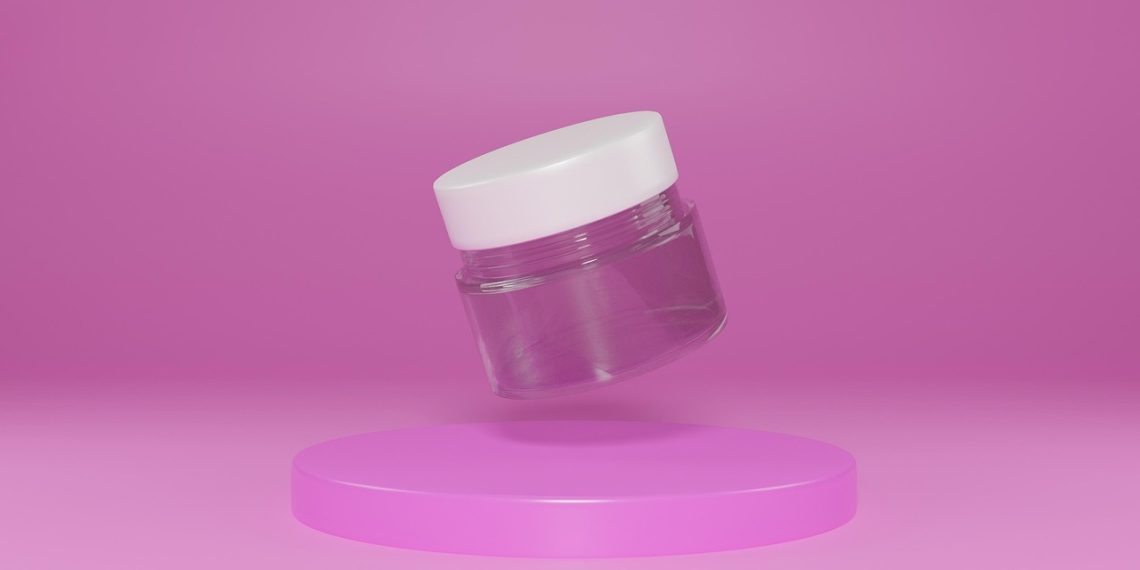The Plastic extrusion is a widely used technique in plastic goods manufacturing, especially when there is a need to create multiple items in short time period. It works by forcing plastic through a shaped opening in a die, turning a raw material into beautiful products like tubes, sheets, sheets, and plastic crockeries.
The basic concept of plastic extrusion process may sound simple, but this process is powerful, strong, efficient, and adaptable. In fact, the roots of extrusion date back to 1852, when Alexander Parkes first applied the idea to form metal filaments. Over the years, this technique has evolved and is now central to plastic and rubber manufacturing Worldwide.
How the Plastic Extrusion Process Works?
The process begins with choosing the right type of plastic, depending on the output of final product requires. The plastic, often in the form of small pellets or granules, are loaded in a machine where they are heated on a high flame until it melts.
Once the plastic is melted, it’s fed into a barrel containing a screw-like mechanism. This rotating screw pushes the melted plastic forward toward a die (a metal plate with one or more shaped holes). As the plastic is pushed through, it takes on the shape of the die opening. In this way we can make any type of die easily.
The newly formed plastic then passes through a cooling system, typically involving air or water, which solid the shape of plastic. After it cools, the plastic material is cut into desired lengths and quantity or rolled up for later use.
Where Is Plastic Extrusion Used?
This process is highly valuable across a wide range of industries, the reason is its ability to generate parts quickly, reliably, and at a very low cost as compared to other Methods.
1. Automotive Industry
Car manufacturers companies rely on plastic extrusion for lightweight, flexible and durable parts like tubing, window seals, and trim. These parts not only reduce the vehicle’s weight but also improve fuel efficiency and meet safety standards.
2. Construction and Building
In Construction filed, extrusion is important for producing things like plumbing pipes for commercial and residentials projects, window frames, and waterproof membranes. These materials can easily survive in extreme weather conditions and long-term use—something extruded plastic handles well.
3. Packaging
There are many types of packaging, like from plastic bags to wrapping films are made through plastic extrusion. It can maintain consistent thickness, durability, and flexibility, that are important for protecting goods.
4. Electronics and Aerospace
In advanced sectors like electronics and aerospace, extrusion is used to make specialized components that must be lightweight and strong. These parts require tight tolerances and high performance, that extrusion can easily deliver.
What Makes Plastic Extrusion So Useful?
There are several reasons why this technique remains a top choice in manufacturing:
Versatility
You can create almost any shape flat, cube, tall, round, hollow, or complex shapes depending on the die of design.
Surface Variety
This process supports various finishes, like you can get what you want something smooth and shiny or more textured easily.
Consistent Quality
Products generate through extrusion are generally uniform, which is important when parts need to fit together or meet precise standards.
Efficient and Affordable:
It’s a cost-effective process that allows for high-volume production without sacrificing quality in low price.
Scalable Production:
When you need a small batch or mass production, extrusion scales easily.
Verdict
Plastic extrusion might not always be in the spotlight, but it plays an important role in creating many useful plastic products of the everyday items around us. From plumbing pipes to shopping bags, car rims to window seals, this method quietly powers much of modern manufacturing.







